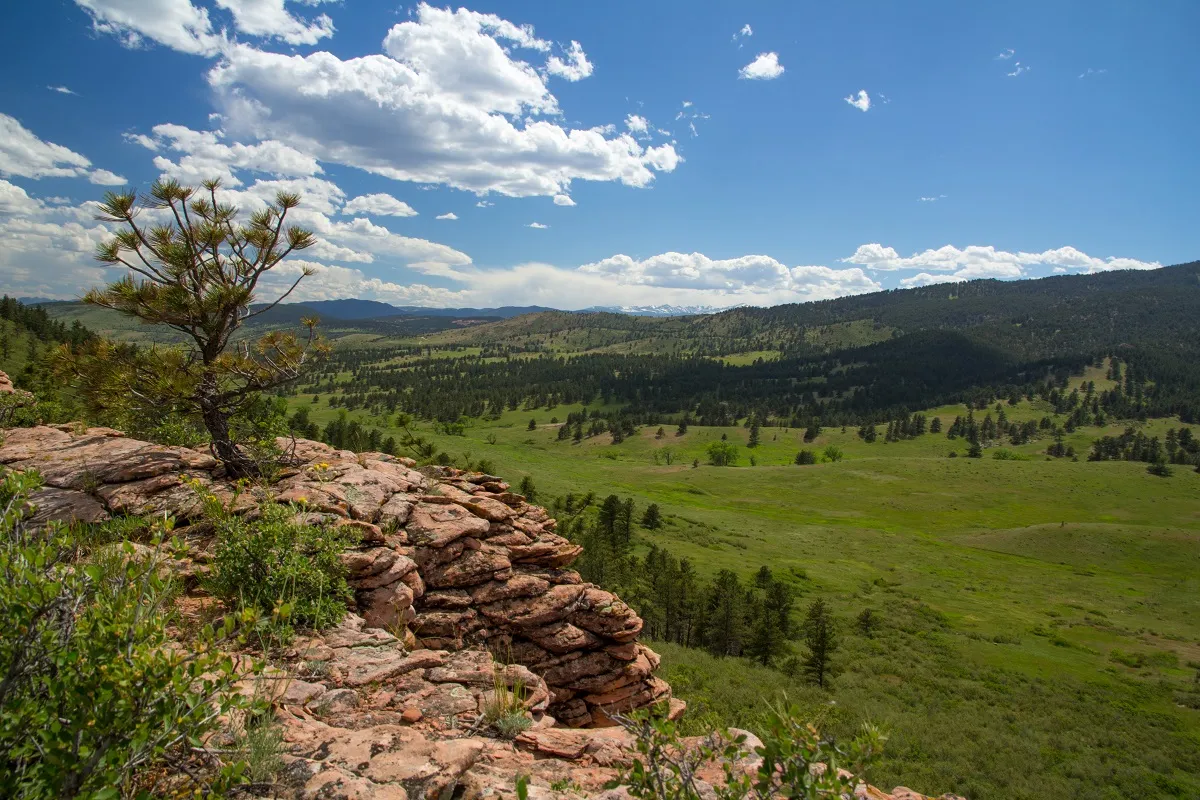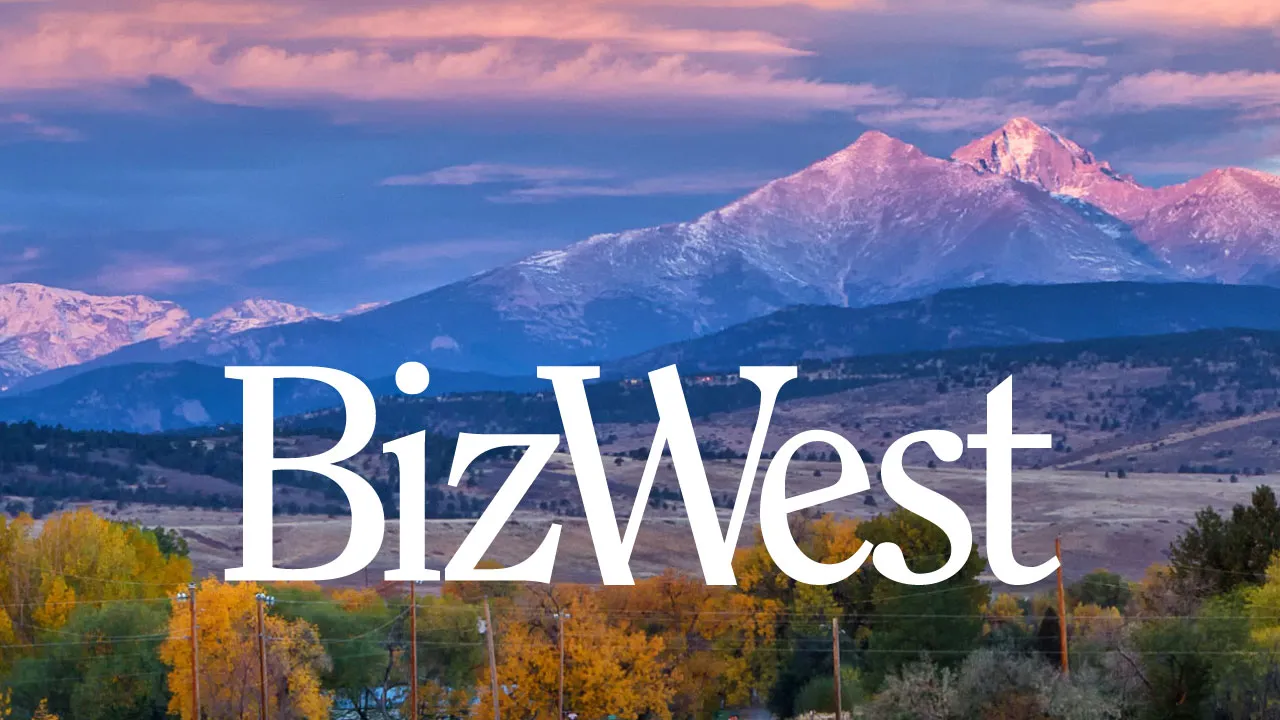Thornton land planning includes community, continuing ownership

THORNTON — The city of Thornton has said it doesn’t want to own land forever in Weld and Larimer counties.
But it’s going to be a few more years, at least.
“We have no near-term plans to sell,” said Emily Hunt, deputy director of infrastructure for Thornton. “But eventually … ”

The trailing off into silence speaks to the complexities of divesting an original 20,500 acres the city accumulated in the mid-1980s. About 1,800 acres have been sold or swapped over the past 30 years, according to Hunt. She helps guide Thornton in this awkward role…
THIS ARTICLE IS FOR SUBSCRIBERS ONLY
Continue reading for less than $3 per week!
Get a month of award-winning local business news, trends and insights
Access award-winning content today!





